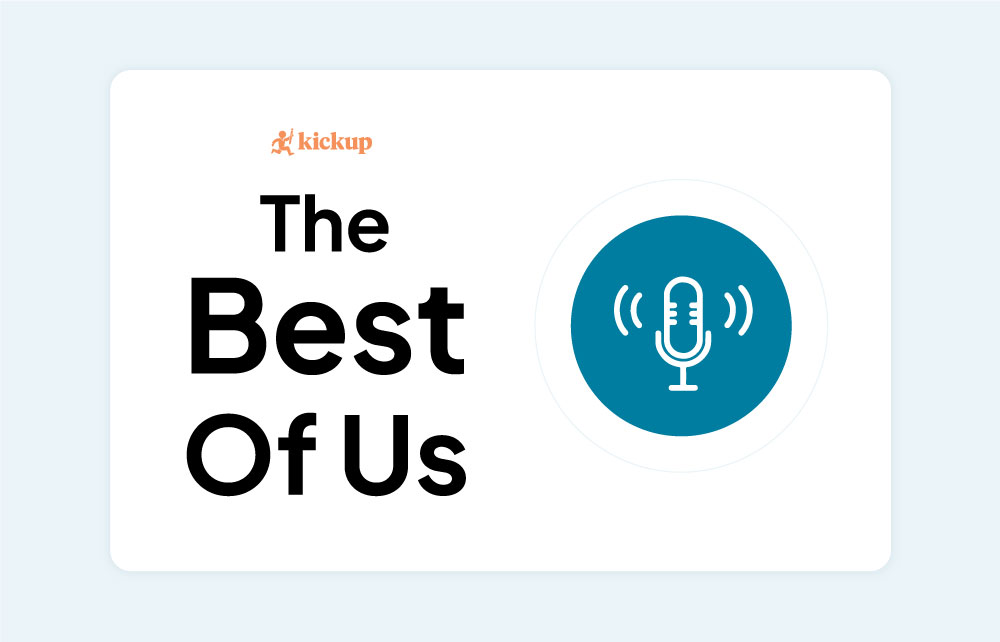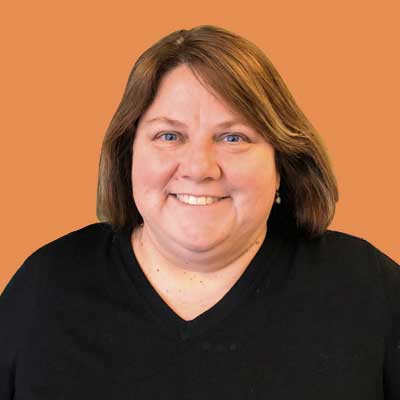The Best of Us S4/E2: Teresa Morales-Young on How Fresno Unified Built a Teacher Pipeline That Actually Works
Over 15 years, Teresa Morales Young has built something rare in education: a teacher pipeline that actually works. As leader of the Department of Teacher Development at Fresno Unified—California's third-largest district—Teresa has created 12 interconnected pathways that guide educators from high school through their entire career, achieving retention rates that far exceed state averages.

